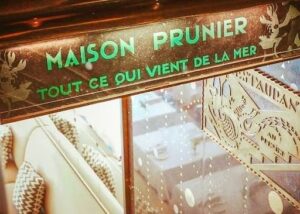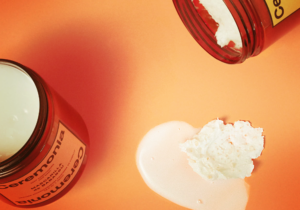Bee ware! The new honey of Miel Martine is coming in town!
4 min read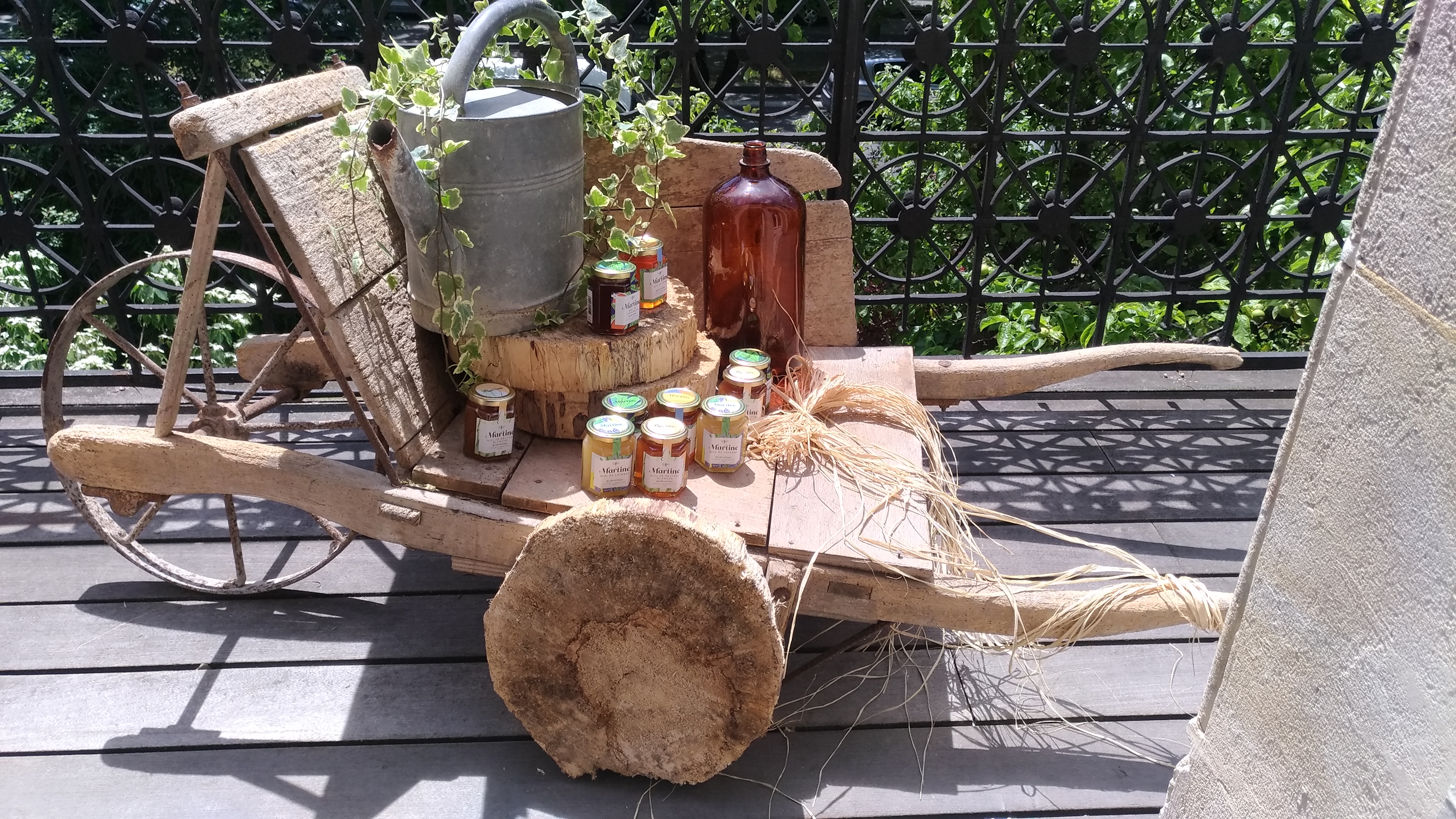
Let’s focus on a high quality honey from Provence, the brand new Miel Marine. Completing the existing the wine and olive oil craft productions from Château la Martinette, located in the Var department. All the stages of the Miel Martine production are controlled and certified.
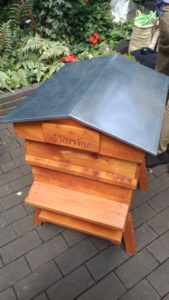
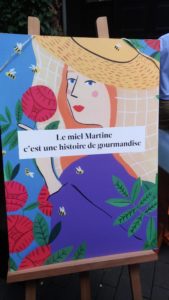 The Miel Martine is a honey balancing between the symbiosis of bees and Human. Its production is part of a responsible and sustainable approach that preserves bees, involves many local actors and highlights a region and its resources.
The Miel Martine is a honey balancing between the symbiosis of bees and Human. Its production is part of a responsible and sustainable approach that preserves bees, involves many local actors and highlights a region and its resources.
In the spring and fall, this is the time when beekeepers harvest honeys from various plants: this is called honeys all flowers. None of these honeys are the same: every tasting is a new discovery! Notice to curious gourmands!
Summer is devoted to the production of lavender honey. Finally, in the fall, hives will join the coastal strips for wintering and the eventual production of honey.
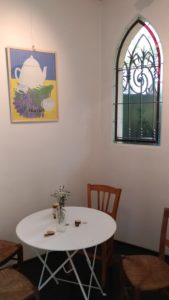
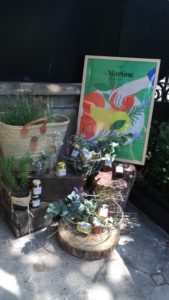 To produce the Miel Martine, the House beekeeper travel the bees of Château La Martinette throughout France and Northern Italy. This is called transhumance. At the rhythm of the seasons and blooms, the hives are moved from region to region to allow foragers to fetch the best nectars.
To produce the Miel Martine, the House beekeeper travel the bees of Château La Martinette throughout France and Northern Italy. This is called transhumance. At the rhythm of the seasons and blooms, the hives are moved from region to region to allow foragers to fetch the best nectars.
In order to increase the number of harvests and to diversify the honeys produced, the beekeepers move their hives according to the flowering calendar.
This delicate journey, surrounded by a thousand precautions, takes place at night when all the bees have returned to the hive. Hives are installed at the first light of the day on carefully selected sites. This practice of transhumance is a tradition rooted in Provence for a long time. The hives are moved throughout the Provence region along a traditional route from the coast to Haute-Provence. From the wintering grounds where rosemary and other spring flowers bloom, the beekeeper drives his hives to the mountains of the southern Alps. But the hives also leave the regional territory for so-called large transhumance.
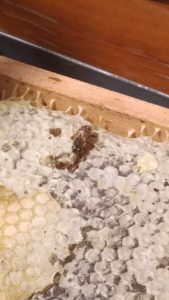
 The Dance Of Bees
The Dance Of Bees
When the hives are installed near the fields selected by the beekeepers, an entire organization is set up. The scout bees go out first to spot the sources of nectar & inform the recruiters, that communicate the flight plan to foragers through elaborate dances.
This animal communication system helps foraging or exploratory bees (on average 5 to 25% of the foragers who are the oldest, the most experienced, the others being receivers waiting for the signal of the scout) transmit to the receivers remaining in the colony the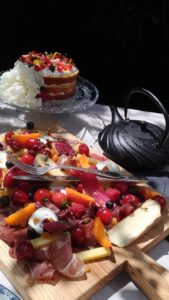 distance and direction of the food source where they can obtain the nectar and pollen of the flowers necessary for the production of honey. During these dances, they emit with the wings a particular sound and transmit the smell of the nectar of which they want to communicate their position. The recipients remain in contact with the dancer.
distance and direction of the food source where they can obtain the nectar and pollen of the flowers necessary for the production of honey. During these dances, they emit with the wings a particular sound and transmit the smell of the nectar of which they want to communicate their position. The recipients remain in contact with the dancer.
Honey cooked specialities (photo credits: Alexandre Plateaux)
From the hive to the pots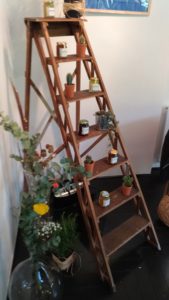
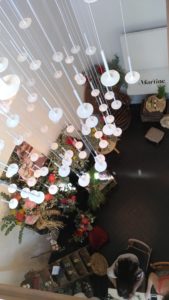
Once the bees have collected enough nectar, the honey harvest can begin. With great kindness, the beekeepers keep bees away from the “ruche” frames. At the honey house, the Miel Martine is then coldly extracted to preserve all its qualities and its benefits then put in jars with delicacy. With at the moment, 5 flavors available: white heather, chestnut, thyme, rosemary, lavender and soon acacia royal jelly, among many others! All the aromas from Mediterranea!
Le Château La Martinette also produces a high-class wine!
Nestled in the heart of the Var, on the banks of the Argens, between Lorgues and Le Thoronet, the Château La Martinette is revealed in a natural setting. Founded in 1620, the estate is now experiencing a renaissance since its acquisition in 2011.
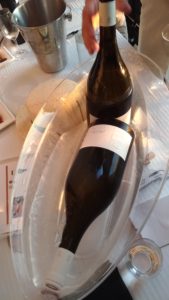
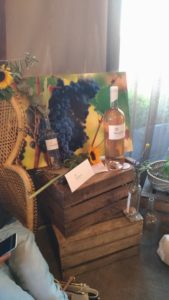
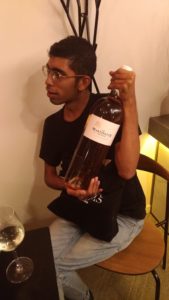
Anchored on soils composed of marl-limestone veins, hard limestone slabs and gangrels of ferric clay, the vines flourish protected by an impenetrable Provençal forest. Cultivated in organic farming, surrounded by a varied nature, the vineyard benefits from the surrounding biodiversity (photo credits: Alexandre Plateaux).
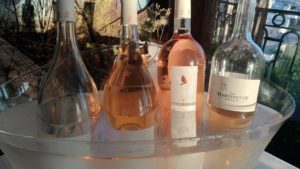

The entirety of the grapes that make up the estate’s wines come from the parcels of Château la Martinette. All the traditional grape varieties of Provence are represented: Grenache, Syrah, Cinsaut, Rolle, Clairette, Mourvèdre, Cabernet Sauvignon… and also the very rare and local Tibouren. Each brings its specific character to compose high class wines, divided in 3 ranges (divided in red, white and rosé): Rollier de la Martinette, La Martinette Château, Les Parcellaires (all baptised with poetic names: La Grande Pièce, Reflets d’Argens, Clos Blanc). In order to exhale the best of their terroir and to respect as much as possible the integrity of their grapes, the work with gravity is privileged from the harvest until the bottling.


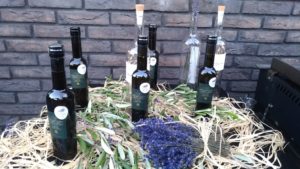


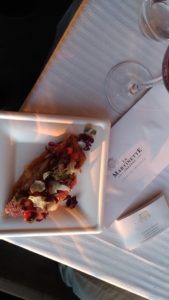
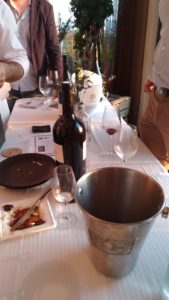
A presentation of the collection of Château la Martinette was made lately in the unbelievable rooftop (with such a huge panorama to the wide Paris) of the Montmartre Terrass Hotel, with delicious dishes prepared by the starred chef Frédéric Simonin, including Miel Martine. This tasting event was musically animated by the Yep Chanson gypsy jazz band from Reims!

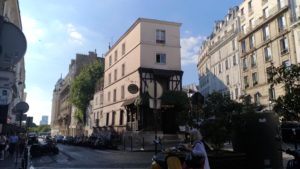
All available in the online Martinette store: http://www.shop-chateaulamartinette.com
https://www.instagram.com/p/BjyAe-YFcHf/?taken-by=francevisiting


